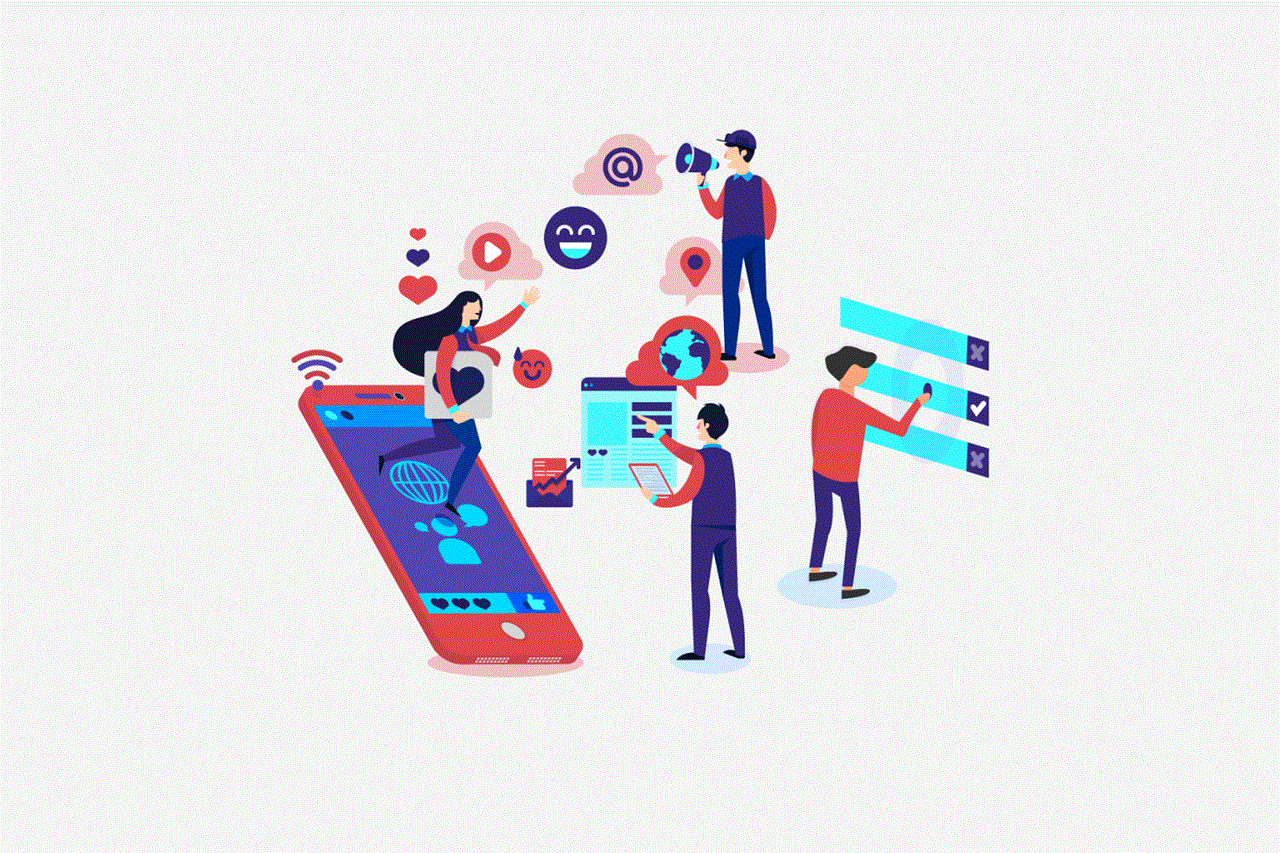whats a pedo
# Understanding the Term “Pedo”: A Comprehensive Analysis
## Introduction
The term “pedo,” short for “pedophile,” is a complex and often misunderstood concept that evokes strong emotions in society. It refers to an individual who is sexually attracted to prepubescent children. This article aims to provide an in-depth exploration of the term, its implications, associated psychological conditions, societal reactions, legal ramifications, and preventive measures. By fostering a nuanced understanding of the subject, we aim to promote informed discussions about child protection and mental health.
## The Definition of Pedophilia
Pedophilia is clinically defined as a psychiatric disorder characterized by an adult’s sexual attraction to children typically aged 13 or younger. According to the Diagnostic and Statistical Manual of Mental Disorders (DSM-5), this condition is classified under paraphilic disorders. It is crucial to differentiate between the attraction itself and the act of engaging in sexual activities with children, which is classified as child sexual abuse and is a criminal offense.
## The Psychological Underpinnings
### Understanding Pedophilia
The psychological mechanisms behind pedophilia are complex and not fully understood. Several theories have been proposed, including biological, psychological, and social factors. Some studies suggest that hormonal imbalances or neurological differences may play a role in the development of pedophilic tendencies. Others point to early childhood experiences, trauma, or adverse social conditions as contributing factors.
### The Role of Mental Health
Individuals with pedophilic tendencies often struggle with mental health issues, such as depression or anxiety. Treatment options may include psychotherapy, cognitive-behavioral therapy, and in some cases, medication. However, many individuals do not seek help due to fear of stigmatization or legal repercussions, which can exacerbate their condition and lead to dangerous behaviors.
## Societal Reactions
### Stigmatization and Fear
The term “pedo” carries a heavy stigma, and individuals identified as pedophiles often face social ostracization and hostility. This societal reaction can lead to a cycle of shame and secrecy, preventing individuals from seeking help. The fear surrounding the term is compounded by highly publicized cases of child abuse that dominate media headlines, which can distort public perception and understanding of the issue.
### The Impact on Victims
The repercussions of pedophilic behavior extend far beyond the perpetrator. Victims of child sexual abuse often suffer long-term psychological effects, including PTSD, depression, anxiety, and difficulties in forming healthy relationships. The trauma can manifest in various ways, leading to a cycle of abuse that can affect future generations.
## Legal Ramifications
### Laws and Regulations
Most countries have stringent laws against child sexual abuse, reflecting society’s commitment to protecting children. Legal definitions vary, but they typically encompass activities involving sexual exploitation or abuse of minors. Convictions can lead to severe penalties, including imprisonment and mandatory registration as a sex offender, which can further stigmatize individuals even after they have served their sentences.
### The Debate on Treatment and Rehabilitation
The legal system faces a challenging dilemma: how to balance punishment with rehabilitation. Some experts argue for the need for treatment programs aimed at preventing reoffending, while others believe that the risk of recidivism is too high. This ongoing debate raises questions about the effectiveness of current legal frameworks and the need for reform in addressing the complexities of pedophilia.
## Preventive Measures
### Education and Awareness
One of the most effective ways to combat pedophilia is through education and awareness. Programs that teach children about body autonomy, consent, and recognizing inappropriate behavior can empower them to protect themselves. Community awareness initiatives can also help parents and caregivers understand the warning signs of potential abuse and how to address them.
### Support for At-Risk Individuals
Providing support for individuals who recognize their pedophilic tendencies is crucial in preventing child sexual abuse. Confidential therapy programs and hotlines can offer a safe space for these individuals to seek help without fear of legal repercussions. Early intervention can help manage their attractions and reduce the likelihood of harmful actions.
## The Role of Technology
### Online Predation
The rise of the internet has introduced new challenges in the fight against pedophilia. Online platforms can facilitate the grooming of children and the distribution of child pornography. Law enforcement agencies are increasingly focused on tracking and prosecuting online predators, but the fast-evolving nature of technology poses significant hurdles.
### Digital Safety Measures
To counteract the dangers posed by online predation, parents and guardians must take proactive steps in monitoring children’s online activities. This includes utilizing parental controls, maintaining open dialogues about internet safety, and educating children about the risks associated with sharing personal information online.
## The Importance of Research
### Ongoing Studies
Continued research into the causes, effects, and treatments of pedophilia is essential for developing effective prevention and intervention strategies. By understanding the underlying factors that contribute to pedophilic behavior, mental health professionals can create targeted therapies that address the specific needs of at-risk individuals.
### Collaborative Efforts
Collaboration between mental health professionals, law enforcement, educators, and community organizations can lead to more comprehensive approaches to preventing child sexual abuse. Sharing information and resources can enhance the effectiveness of prevention programs and ensure that children are adequately protected.
## Conclusion
The term “pedo” encompasses a complex and sensitive issue that demands careful consideration and understanding. By examining the psychological, societal, and legal dimensions of pedophilia, we can work towards creating a safer environment for children. Education, awareness, and support are key components in addressing this issue, as is the commitment to ongoing research and collaboration among stakeholders. It is only through informed discussions and proactive measures that we can effectively combat child sexual abuse and its devastating effects on individuals and society as a whole.
## Final Thoughts
As we navigate the challenges posed by pedophilia, it is essential to remember that the ultimate goal is to protect children and support those who struggle with harmful attractions. By fostering a culture of understanding and compassion, we can work towards a future where children are safe from exploitation and where individuals grappling with their mental health can find the help they need.
In conclusion, the term “pedo” is more than just a label; it represents a critical issue that requires our collective attention and action. Through education, prevention, and a commitment to understanding, we can make strides in creating a safer world for future generations.
turn on microphone iphone
# How to Turn On Microphone on iPhone: A Comprehensive Guide
The iPhone is an incredibly versatile device, and one of its key features is the built-in microphone. Whether you’re making a phone call, recording a voice memo, or using voice assistants like Siri, the microphone plays a crucial role in how we interact with our devices. In this article, we will explore various aspects of turning on and managing the microphone on your iPhone, including troubleshooting tips, privacy settings, and applications that utilize the microphone.
## Understanding Your iPhone Microphone
The iPhone is equipped with multiple microphones that work in tandem to enhance audio quality. Generally, there are three main microphones located in different parts of the device:
1. **Bottom Microphone**: Located near the charging port, this microphone is primarily used for phone calls, voice memos, and recording videos.
2. **Front Microphone**: Found near the front-facing camera, this microphone is used for FaceTime calls and video recording.
3. **Rear Microphone**: Positioned near the rear camera, this microphone is often used for noise cancellation during calls and video recording.
Understanding the different microphones and their functions can help you troubleshoot issues if your microphone isn’t working as expected.



## Turning On the Microphone for Apps
Most applications that require microphone access will prompt you to allow this feature when you first use them. For instance, if you download a voice recording app or a messaging service that supports voice messages, you will likely receive a pop-up asking for permission to access the microphone. However, if you accidentally denied this permission, you can easily turn it back on through the settings.
### Step-by-Step Guide to Enable Microphone Access for Apps
1. **Open Settings**: Start by tapping on the “Settings” app on your iPhone’s home screen.
2. **Scroll to Privacy & Security**: Scroll down and select “Privacy & Security.”
3. **Tap on Microphone**: You will see a list of all the applications that have requested access to your microphone.
4. **Enable Microphone Access**: Toggle the switch next to the app you want to grant microphone access to. If the switch is green, it means the app can use the microphone.
By following these steps, you can enable microphone access for any app that requires it.
## Using Siri: Turning On the Microphone
Siri, Apple’s voice-activated assistant, is another feature that relies heavily on the iPhone’s microphone. Turning on the microphone for Siri is usually automatic, but you need to ensure that Siri is set up correctly.
### How to Enable “Hey Siri”
1. **Open Settings**: Tap on the “Settings” app.
2. **Select Siri & Search**: Scroll down and tap on “Siri & Search.”
3. **Enable Listen for ‘Hey Siri’**: Toggle the switch next to “Listen for ‘Hey Siri’” to turn it on. You may be prompted to set up Siri by training it to recognize your voice.
4. **Allow Siri When Locked**: If you want to use Siri while your iPhone is locked, make sure to enable the option that allows Siri to be accessed from the lock screen.
Once these steps are completed, you can easily activate Siri by saying “Hey Siri,” and the microphone will be turned on automatically.
## Troubleshooting Microphone Issues
Sometimes, you may encounter issues where the microphone is not working as expected. This can be frustrating, especially if you rely on voice calls or voice commands. Here are some common troubleshooting steps to help you resolve microphone issues on your iPhone.
### Check for Obstructions
First, ensure that nothing is blocking the microphone. Dust, lint, or even a phone case can obstruct the microphone, affecting audio quality. Carefully inspect the microphone openings and clean them if necessary.
### Restart Your iPhone
A simple restart can often resolve minor glitches. To restart your iPhone, press and hold the side button and either volume button until the slider appears. Drag the slider to turn off your iPhone, and then press the side button again to turn it back on.
### Update iOS
Outdated software can lead to functionality issues. Make sure your iPhone is running the latest version of iOS. To check for updates, go to **Settings > General > Software Update**. If an update is available, follow the prompts to install it.
### Reset All Settings
If you’ve tried everything else and your microphone is still not working, you might consider resetting all settings. This won’t delete your data, but it will reset system settings to their defaults. To do this, go to **Settings > General > Transfer or Reset iPhone > Reset > Reset All Settings**.
## Privacy Settings and Microphone Access



Privacy is a significant concern for many iPhone users, and understanding how to manage microphone access is crucial. Apple provides robust privacy settings that allow you to control which apps have access to your microphone.
### Managing App permissions
As mentioned earlier, you can manage which applications have access to your microphone through the Privacy settings. It’s good practice to periodically review this list to ensure that you are comfortable with the permissions you’ve granted.
### App-Specific Microphone Settings
Some apps may have their own internal settings for microphone usage. For example, in messaging apps, you might find settings that allow you to choose whether to use the microphone for voice messages. Always check the app settings if you’re experiencing issues.
## Third-Party Applications That Use the Microphone
Many third-party applications utilize the microphone for various functionalities. Here are some popular categories of apps that depend on microphone access:
### Social Media Applications
Social media platforms like Instagram , Facebook, and Snapchat allow users to record voice messages or create stories with audio. These apps require microphone access, and you can manage permissions through your device’s settings.
### Voice Recording Apps
Apps designed for voice recording, such as Voice Memos or third-party options like Rev and Otter.ai, rely heavily on microphone functionality. These applications often provide additional features like transcription or cloud storage for your recordings.
### Communication Apps
Applications like Zoom, Skype, and WhatsApp require microphone access for audio and video calls. Always ensure that microphone permissions are granted for seamless communication.
### Gaming Apps
Many mobile games incorporate voice chat functionality, allowing players to communicate in real-time. Popular games like Among Us and Fortnite require microphone access to enable voice chat features.
## Microphone Quality: Tips for Better Audio Recording
If you’re using your iPhone for audio recording or calls, you might want to optimize the microphone quality. Here are some tips to help you achieve better sound quality:
### Choose a Quiet Environment
Background noise can significantly impact audio quality. Whenever possible, choose a quiet location for recording or making calls to ensure clearer sound.
### Speak Clearly and Closely
When using the microphone for calls or recordings, speak clearly and, if possible, get closer to the microphone. This will help capture your voice more effectively.
### Use an External Microphone
If you’re serious about audio quality, consider investing in an external microphone. Many high-quality microphones are compatible with the iPhone and can significantly improve recording quality.
## Conclusion



The iPhone’s microphone is a powerful tool that enhances our ability to communicate, record, and interact with our devices. Understanding how to turn on and manage microphone access is essential for getting the most out of your iPhone. From enabling microphone permissions for apps to troubleshooting common issues, being informed ensures that you can utilize your device effectively.
By following the guidelines outlined in this article, you can optimize your microphone settings and enhance your overall iPhone experience. Whether you’re using Siri, making a call, or recording a voice memo, having a functioning microphone is vital for seamless operation. Always be mindful of privacy settings and app permissions, and don’t hesitate to troubleshoot if you encounter any issues. With the right knowledge and practices, you can enjoy the full capabilities of your iPhone’s microphone.
